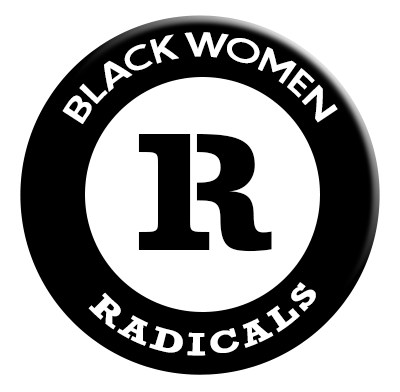Josephine Butler
Photo: Washington Parks & People
Country: United States, Washington, D.C.
Location: North America, Washington, D.C.
About
Josephine Butler (January 24, 1920-March 29, 1997) was an African-American environmental activist, educator, trade unionist and community activist. She was the founder and former chairman of the D.C. Statehood Party. Born in Brandywine, Maryland in 1920 and raised on a tobacco farm, Butler's parents were sharecroppers and her grandparents were enslaved Africans. She attended Frederick Douglass High School in Upper Marlboro, Maryland and Strayer College in Herndon, Virginia. In 1934, she moved to Washington, D.C, where she would become a formidable activst whose advocacy and work changed the political and environmental landscape of the District of Columbia. When she arrived to D.C., Butler started work in laundry and after seeing and experiencing first-hand the race, gender and class inequities of her job, Butler started the United States's first-ever union of Black laundry workers. After the historic Brown v. Board of Educaton ruling in 1954, she would be the pivotal force in de-segregating two schools in D.C. –– Thomas P. Morgan Elementary School, an all-black school and John Quncy Adams Elementary School, an all-white school –– in 1955. Because of Butler's activism, the new school and neighborhood would be named Adams Morgan, which located is in Northwest, D.C., as a symbol of racial reconciliation. In the 1950s and in 1960s, Butler volunteered at the D.C. Lung Association as an educational program director, where she taught school-aged children about important environnmental matters such as air pollution before the environmental justice movement ever existed. She also organized and unionized D.C. Lung Association's workers for the Office and Professional Employees International. Because of her organizing, she was elected a delegate to the Greater Washington Central Labor Council AFL-CIO.
In the latter part of the 1960s, Butler disassociated with the Democratic Party, after police violence ensued at the Democratic National Convention in Chicago in 1968. Three years later, Butler founded the DC Statehood Party Committee with Julius Hobson, the former president of the Congress of Racial Equality (CORE), to "redress the inequity that Washington residents were not able to exercise their full rights as citizens because they live in a federal district controlled by the U.S. Congress that does not have voting representation in Congress" (Swift 2018). She would later be named chair of th D.C. Statehood Party Committee in 1977 and ran twice for D.C. council on the party's ticket. She also founded the D.C. chapter of the World Council of Peace (WCP), an international, anti-imperialist organization that promoted peace, justice, and universal disarmament and in 1978, "she helped organize the council's first meeting in the United States in its 30-year existence" (Smith 1997). Because of her activism in the WCP, she was able to travel to Greece, Grenada and the Soviet Union to promote universal peace and justice. She also organized and founded the D.C chapter of the Paul Robeson Friendship Association and was the co-chairperson of the Friends of Meridian Hill Association, a community group whose mission was to combat crime and vandialism and revitalize the Meridian Hill neighborhood in Northwest D.C. and more specificially, what is now know as Meridian/Malcolm X Park. With her leadership, Butler and other community leaders and activists transformed Meridian/Malcolm X Park, which was considered one of the most dangerous in the city.
In 1994, Butler "introduced President Bill Clinton during an Earth Day speech at Malcolm X Park. That same year because of her work in "mobilizing nighttime neighborhood watches to counter violence, planting trees to prettify the park, and organizing community-wide events, she was awarded the National Partnership Leadership Award from President Clinton during a White House ceremony" (Swift 2018).That next year, in 1995, Butler would lead a parade of over 4,000 people rom the Adams-Morgan area, the school and neighborhood she helped de-segregate in 1955, to the Capitol building, where addressed a crowd estimated at 250,000 people who had gathered to mark the 25th anniversary of Earth Day. In 1977, at the age of 77, Butler passed away on March 29 at Medlink Hospital in Washington, D.C. due to diabetes and heart ailments.

